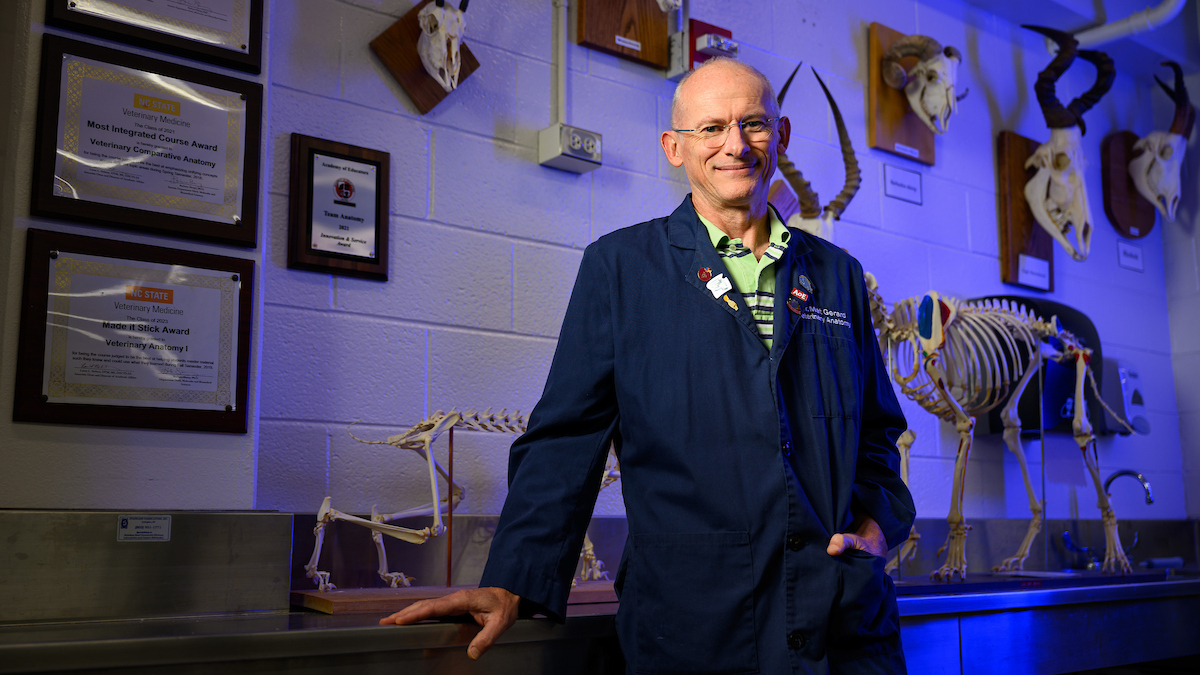CVM Toxicology Professor Chairs National Research Council Committee on Evaluating Safer Chemicals
Chemicals used in consumer products and industrial processes have elicited concerns in recent years about impacts on health or the environment, prompting manufacturers, retailers, and regulators to develop methods for evaluating potentially safer chemical substitutes.
Although a number of assessment tools exist, they reflect a range of different priorities, such as a focus on protecting workers, the environment, consumers of products, or other interests.
A new report from the National Research Council of the National Academy of Sciences offers a more universally-applicable decision framework for comparing chemicals and their effect on health and the environment and evaluating potentially safer chemical alternatives.
David Dorman, professor of toxicology in the North Carolina State University College of Veterinary Medicine, chaired the Committee on the Design and Evaluation of Safer Chemical Substitutions that produced the report, “Design and Evaluation of Safer Chemical Substitutions – A Framework to Inform Government and Industry Decisions.”
“The framework draws on the strengths and common characteristics of existing assessment approaches, but also includes several advancements: problem formulation and scoping, comparative exposure assessment, and evaluation of physicochemical properties,” says Dorman.
According to the committee, in addition to hazard assessments, the framework incorporates steps for life-cycle thinking—which considers possible impacts of a chemical at all stages including production, use, and disposal—as well as steps for performance and economic assessments. The report also highlights how modern information sources such as computational modeling can supplement traditional toxicology data in the assessment process.
Many decisions involved in selecting a viable chemical alternative will be value-driven and context-dependent, the report says. Defining and documenting the goals, principles, and decision rules guiding the assessment is important, to make explicit how uncertainty and trade-offs are resolved.
[section_subtitle] Report Authors: [/section_subtitle]
Committee on the Design and Evaluation of Safer Chemical Substitutions; Board on Chemical Sciences and Technology; Board on Environmental Studies and Toxicology; Division on Earth and Life Studies; National Academy of Sciences, National Research Council.
[section_subtitle] More information: [/section_subtitle]
Dr. Dorman will present a free public webinar on the report followed by a Q & A beginning at 12:30 p.m. Friday, October 24, 2014


